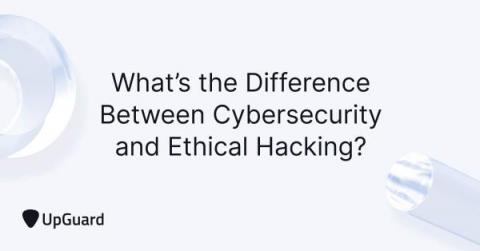Security | Threat Detection | Cyberattacks | DevSecOps | Compliance
Latest News
7 Best Practices for Data Loss Prevention
Follina - CVE-2022-30190
Penetration Testing Methodologies
Penetration Testing, by definition, is "A method for gaining assurance in the security of an IT system by attempting to breach some or all of that system's security, using the same tools and techniques as an adversary might."
10 Ways to Reduce Your Organization's Network Security Risk
No one can completely avoid risk when it comes to their network security, but there are steps that you can take to minimize your organization's vulnerability. In this blog post, we will discuss 10 ways to reduce your network security risk.
A vulnerable Wi-Fi network puts your organization's data at risk
A few weeks ago, a cybersecurity analyst unexpectedly discovered that he could dump files from the hotel network system where he was staying in Qatar to his own computer using the sync tool (used for file synchronization). Through an HSMX Gateway, he managed to access a welter of sensitive data held on an FTP server used for backup purposes. This included personal information on guests such as their room numbers, emails, and cell phone numbers.
Enriched attack surface view, DNS filtering, and more
Taking action on your attack surface requires a complete overview of what is exposed. This includes details such as open – and previously open! – ports, DNS records, and when the asset was last seen. These details help security teams respond more effectively to issues as they occur in production. It’s now possible for Surface Monitoring customers to drill down into an asset with the new Details page, which you can access by selecting an asset from the Attack Surface view.
Can global recruitment solve the cybersecurity hiring problem?
It’s well known that there’s a pervasive cybersecurity skills shortage. The problem has multiple ramifications. Current cybersecurity teams often deal with consistently heavy workloads and don’t have time to deal with all issues appropriately. The skills shortage also means people who need cybersecurity talent may find it takes much longer than expected to find qualified candidates. Most people agree there’s no single way to address the issue and no fast fix.
Optimism, Underestimation and Invincibility: Bridging the Gap Between Reality and Perception in Cyber Security
Earlier this month, the United Nations (U.N.) released its latest Global Assessment Report on Disaster Risk Reduction (GAR2022). For those of us who assess risk for a living, it is a sobering read.
The Difference Between Cybersecurity and Ethical Hacking
Ethical hacking is a field within cybersecurity where security experts assume the role of an unauthorized user and attempt to gain access to a private network or computer. These exercises aim to help targets identify any security vulnerabilities that could be exploited in a real cyberattack. Cybersecurity professionals utilize non-invasive methods, such as risk assessments, audits, and security questionnaires, to discover security risks.










